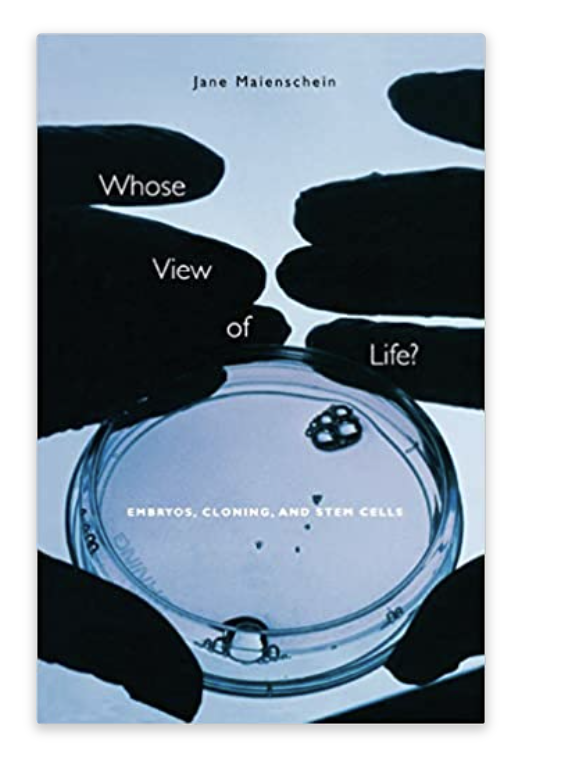Thread by A. Martinez Arias
- Tweet
- Aug 7, 2022
- #Biology #Stress(biology)
Thread
The recent reports on the generation of embryo-like structures from mouse pluripotent stem cells by the @jacob_hanna and @MZG_Lab groups are an important landmark in developmental and reproductive biology. Thread
There is work to do and I am sure that it will be done, to transform what is a proof of principle into a proper technology,
Where we go from here is an important matter. The mind will race to a similar proof of principle with human cells. And the experience with #gastruloids suggest that the transfer from mouse to human will require work but it will happen.
It does not take much thinking to agree that this transfer raises questions that need to be addressed before the fact. In the meantime one hopes that the effort will be focused into transforming a rare event into a frequent occurrence.
The reason why we have used embryos (from all animals and plants) for research over the years is because they all do it pretty much in the same manner and we get numbers that allow us to detect small differences and we learn from them.
Embryos set the bar for our job very high.
The experimental detail in www.cell.com/cell/fulltext/S0092-8674%2822%2900981-3 is very welcome and sets standards for this kind of work wich, IMO, has been missing up to now. IMO #s-embryos are not models of development, #organoids, #gastruloids and #stembryos in general, are. The difference is important
In this context, anybody interested in the topic, particularly in the human horizon that recent developments outline, I suggest looking at four books
Icons of life www.ucpress.edu/book/9780520260443/icons-of-life by Lynn Morgan, an excellent account of the history of the Carnegie collection of human embryos
And Jane Maienschein’s Embryos under de microscope www.hup.harvard.edu/catalog.php?isbn=9780674725553 and also whose view of life www.hup.harvard.edu/catalog.php?isbn=9780674017665


